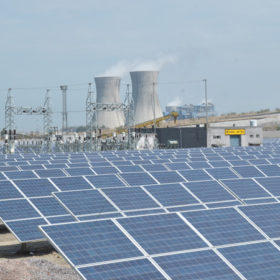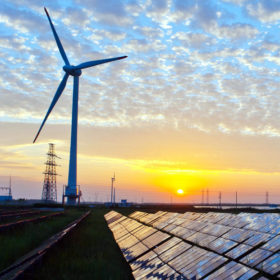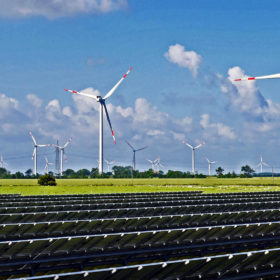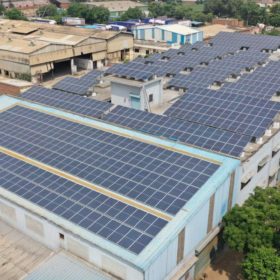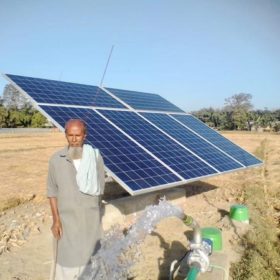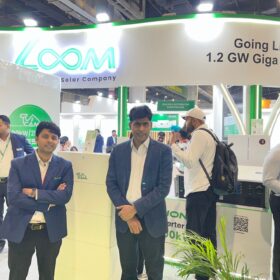Orsted’s transition shows the way for Indian utilities and renewable energy companies
Orsted transitioned from a coal-intensive utility to a global renewable energy leader creating immense shareholder wealth. A new report looks at what strategic decisions led to this transition and learning for Indian companies to look forward to the future energy transition.
Proposed power market reforms could reduce renewable energy costs further
A new IEEFA note discusses the impact of the proposed market-based economic dispatch mechanism for procuring bulk power, and regulations for frequency control ancillary services.
Mapping the future of cleaner transportation
Eight key developments are accelerating the advancement of electric vehicles. These range from the improvements in cost and performance of electric vehicle (EV) batteries to hydrogen-powered vehicles.
Responsible land-use for solar, wind plants could smooth the path for India’s energy transition
India will require large swaths of land for the huge expansion of renewable energy capacity over the coming decades. The energy transition requires planning for proper siting of these plants and solutions like agrivoltaics, distributed energy systems, and offshore wind to reduce land-use conflicts.
Renewable energy investment in just four months exceeds FY2021 figures
The Indian renewable energy sector received an investment of US$6.6 billion between April and July 2021, beating the total for the previous financial year.
Foreign investors tapping into India’s solar market undeterred by untimely payments
Full ownership allowed in renewable energy projects and 25-year power purchase agreement are the major factors drawing foreign investors to India’s high-growth solar market. Major developers in India have solar portfolio distributed across States, which further minimizes the risk for investors.
Commercial and industrial rooftops in India could deploy 1,875 MW of solar in 2021
According to a new report, India’s commercial and industrial sector will increase its rooftop solar deployments by 47% year-on-year, with bifacials and large-size high-wattage modules offering cost-effective support for reducing electricity costs.
No excuses, India must ramp up solar manufacturing to reduce reliance on imports
Through various initiatives and schemes, the Indian government has created a conducive environment for industry stakeholders to expand domestic manufacturing. The industry should seize the opportunity to ramp up capacity and manufacture emerging technologies such as monocrystalline (mono-Si), bifacial and half-cut cells, micro-inverters, and tracking equipment, all of which promise further solar efficiency gains over the coming years.
IEEFA warns the financial risk for new coal under-estimated
A new IEEFA report says the levelized cost of energy (LCOE) for coal in India is calculated based on an overestimation of factors such as utilization rates. The deemed low cost per unit of energy makes coal-fired plants look more attractive to potential investors than these really are!
Upscaling solar-powered irrigation in India
India’s solar-powered irrigation mission has had a sluggish run despite the PM-KUSUM scheme providing ample flexibility and budgetary support for the system implementation. An IEEFA report highlights the need to address the challenges of coordination, affordability, business models, technology and awareness creation at State level to increase the uptake.
